Login
Subscribecell death
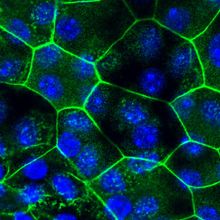
Bladder ‘Memory’ Influences Urinary Tract Infection Recurrence in Mice
Alejandra Manjarrez, PhD | Apr 12, 2023 | 3 min read
Urinary tract infections leave permanent epigenetic marks in the mouse bladder epithelium, reprogramming its response to subsequent infections, a study finds.
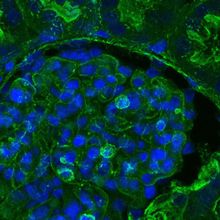
Artificial Blood Breathes New Life Into Dead Pigs’ Cells
Andy Carstens | Aug 3, 2022 | 2 min read
A study’s authors say their oxygenating cocktail may lead to technologies that preserve organs in deceased people for longer periods for transplantation.

Programmed Cell Death: Mechanisms for Cellular Self-Destruction
Elina Kadriu | 6 min read
Cells use a variety of programmed cell death (PCD) mechanisms to maintain homeostasis, including apoptosis, necroptosis, and pyroptosis.
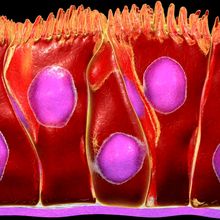
Move Over Apoptosis: Another Form of Cell Death May Occur in the Gut
Natalia Mesa, PhD | May 18, 2022 | 6 min read
Though scientists don’t yet know much about it, a newly described process called erebosis might have profound implications for how the gut maintains itself.
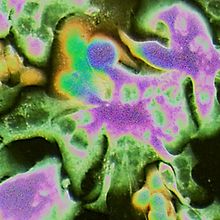
Tumor Cells on Brink of Death May Trigger Metastasis
Alejandra Manjarrez, PhD | Mar 25, 2022 | 5 min read
A new study reports that human colon cancer cells at imminent risk of death can instead develop characteristics needed to colonize new parts of the body.
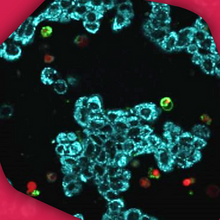
Why Might Cells Die or Fail to Thrive in Culture?
MilliporeSigma | 1 min read
Learn more about cell culture best practices.

Neurobiologist Dave Schubert Dies
Kerry Grens | Aug 24, 2020 | 2 min read
The Salk professor developed the institute’s first neurobiology lab and used it to develop cell lines, describe amyloid β toxicity, and screen for compounds that protect against neurodegeneration.

Could Curbing Runaway Immune Responses Treat COVID-19?
Shawna Williams | Apr 21, 2020 | 5 min read
Drugs targeting patients’ immune systems, rather than the virus itself, could be key to recovery from severe cases of the disease, some researchers suggest.
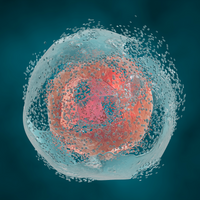
Dying Cells Push the Mouse Immune System into Killing Tumors
Katarina Zimmer | Jun 21, 2019 | 4 min read
Introducing either necroptotic cells or an enzyme that triggers necroptosis can wipe out cancer.
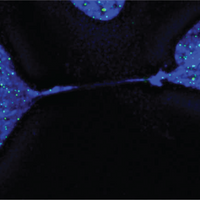
Image of the Day: Sticky Telomeres
Chia-Yi Hou | May 16, 2019 | 1 min read
Telomeres in cancer cells exposed to oxidative stress got shorter and stickier.

The World Within
Bob Grant | Feb 1, 2019 | 3 min read
Internalizing the environment might be the next step in humans’ relationship with our planet.
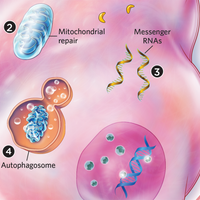
Infographic: How Cells Cheat Death
Charles Q. Choi | Feb 1, 2019 | 3 min read
Apoptosis and other types of programmed cell death appear to be reversible.

Cell Death Processes Are Reversible
Charles Q. Choi | Feb 1, 2019 | 10+ min read
Molecular programs can rescue cells already engaged in the process of apoptosis or other forms of programmed cell death.

Image of the Day: Pseudomonas Autophagy
The Scientist Staff and The Scientist Staff | Mar 30, 2018 | 1 min read
Researchers identify antibacterial functions of cell death in Arabidopsis when the plant is infected with Pseudomonas.

John Sulston, Human Genome Project Leader, Dies
Kerry Grens | Mar 11, 2018 | 2 min read
The biologist earned a Nobel Prize in 2002 for his work on C. elegans.
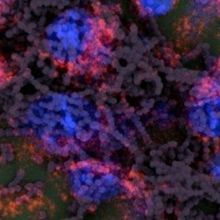
Image of the Day: Dial M for Murder
The Scientist Staff | Aug 16, 2017 | 1 min read
M proteins from Streptococcus bacteria selectively kill mouse macrophages and human macrophage-like cells by prompting cell death.
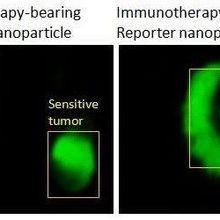
Dying Light Marks the Spot
Catherine Offord | Mar 28, 2016 | 2 min read
Drug-delivering nanoparticles designed to glow when their target cells die can report on the effectiveness of cancer therapies within just a few hours of treatment, a mouse study shows.
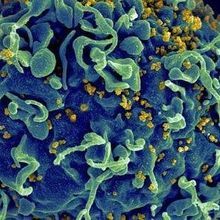
Immune Cells Can Deliver Deadly Packages
Amanda B. Keener | Sep 8, 2015 | 3 min read
Much of the CD4+ T-cell death that occurs during HIV infection may be caused by direct delivery of the virus from neighboring cells, a study shows.
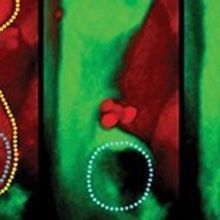
Inner Ear Undertakers
Kerry Grens | Sep 1, 2015 | 2 min read
Support cells in the inner ear respond differently to two drugs that kill hair cells.
